What To Do If Your Cat Runs Away
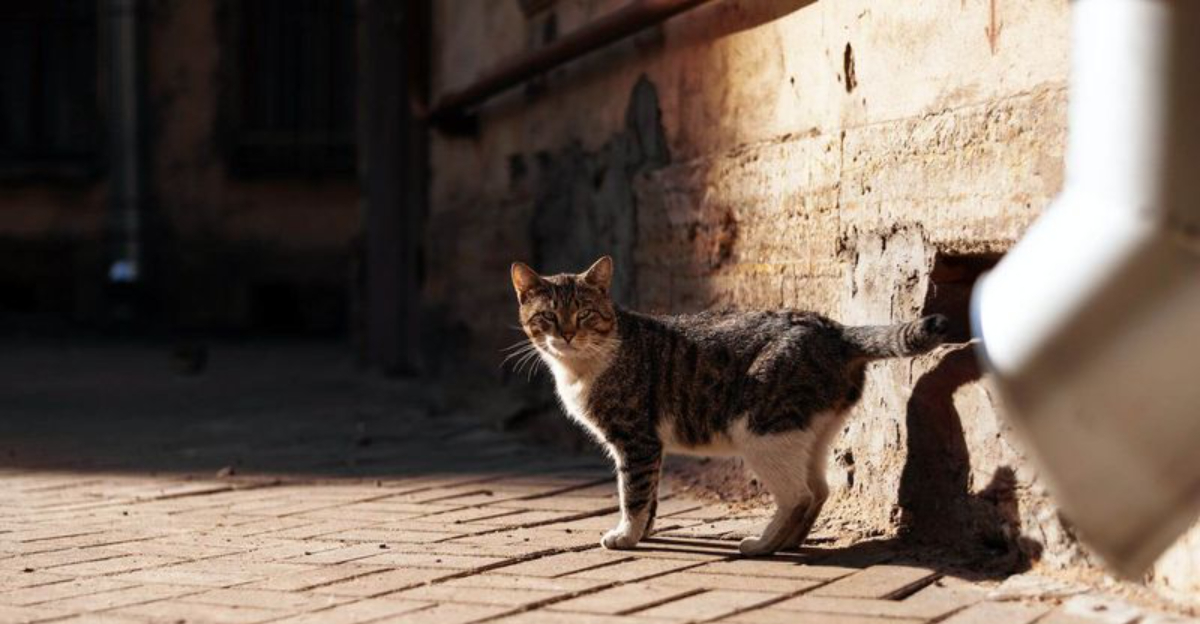
Discovering your feline friend has vanished can send waves of panic through any pet owner’s heart. Those first moments of realizing your cat is missing often feel overwhelming, but quick action significantly increases your chances of a happy reunion.
Before despair sets in, arm yourself with these practical strategies to bring your adventurous kitty back home safely.
Search Your Home Thoroughly
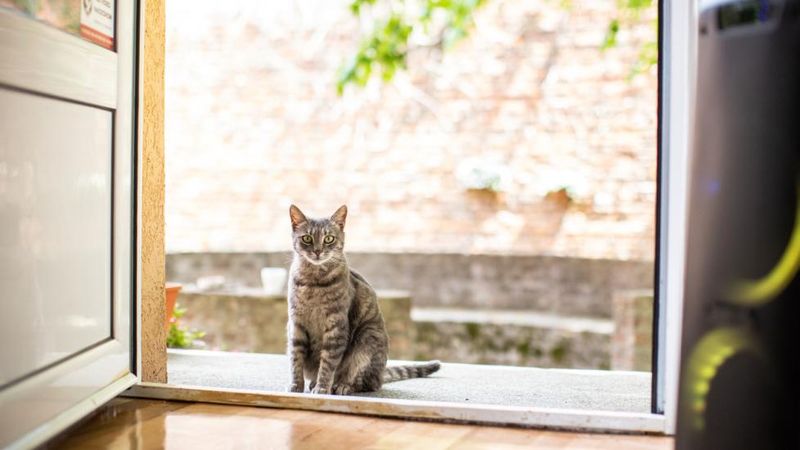
Cats are masters of hide-and-seek! Check all closets, under beds, behind appliances, and inside cabinets. Your frightened feline might be curled up in the basement or attic.
Don’t forget to shake treat containers while searching – the familiar sound often lures hiding cats out of their secret spots. Remember to check neighbors’ garages or sheds where your cat might have accidentally been locked in.
Canvas The Neighborhood Immediately
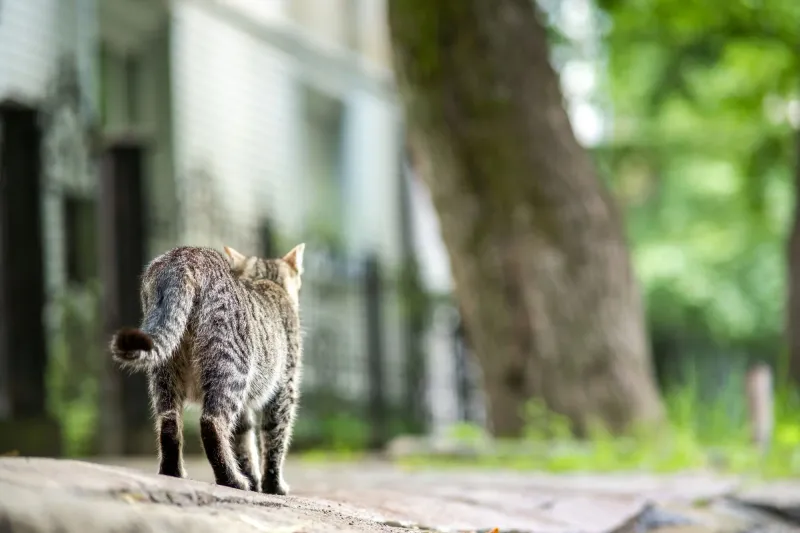
Grab a flashlight and search during quiet hours when traffic is minimal. Most escaped cats stay within a five-house radius of home, hiding under porches or in bushes.
Call your cat’s name gently while walking slowly. Bring along their favorite treats or toys and make familiar sounds that might attract them. Focus especially on areas with dense vegetation where a scared cat might seek shelter.
Create Enticing Food Stations
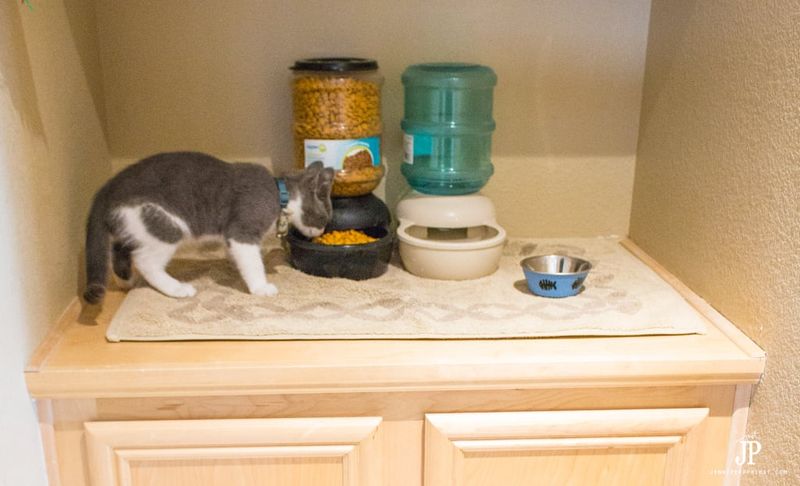
Place your cat’s food bowl and some smelly wet food outside your door. The familiar scent travels far and can guide your hungry explorer home.
Consider adding items with your scent nearby – worn clothing or bedding helps create a comfort zone. Set up a wildlife camera if possible to monitor the station while you’re not watching. Replace food regularly to keep the scent fresh.
Deploy The Dirty Litter Box Trick
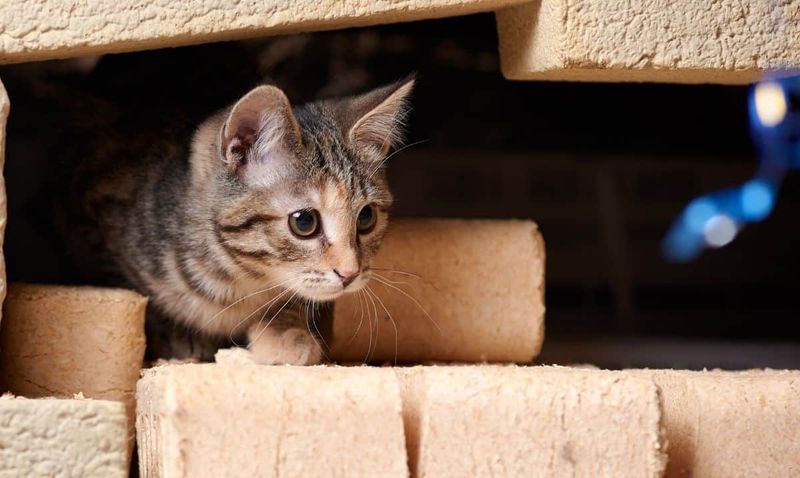
Strange as it sounds, placing your cat’s used litter box outside works wonders! The familiar scent can be detected from surprising distances, helping disoriented cats find their way back.
Position the box near your home’s entrance, protected from rain. Many pet detectives swear by this method as one of the most effective ways to recover a lost indoor cat. The stronger the scent, the better the results.
Craft Attention-Grabbing Posters

Make bold, waterproof posters with “LOST CAT” in large letters. Include a recent, clear photo, your cat’s name, distinctive features, and your contact information.
Place these at eye level at busy intersections, community centers, and veterinary offices. Laminate them if rain is expected. Offer a reward if possible – it significantly increases response rates and community engagement in your search efforts.
Harness Social Media’s Power

Create a dedicated post with your cat’s photo and last-seen location. Ask friends to share it across platforms and tag local community groups.
Neighborhood apps like Nextdoor reach nearby residents who might spot your cat. Many areas have dedicated Facebook groups for lost pets that can mobilize local animal lovers to join your search. Regular updates keep your post visible in feeds.
Contact Animal Shelters Daily

Call and visit nearby shelters regularly – don’t just call once! Someone might bring in your cat days after it went missing.
Provide shelters with detailed descriptions and photos. Many facilities receive numerous animals daily, and staff might not immediately connect your previous call with a newly arrived cat. Persistence pays off in shelter searches, as cats are sometimes misidentified by well-meaning staff.
Enlist Professional Pet Detectives
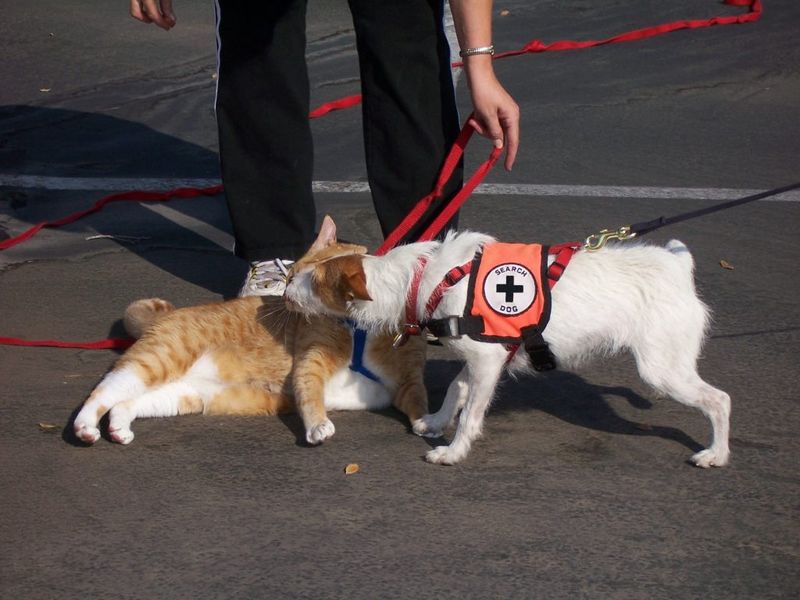
Professional finders use specialized techniques and trained dogs that can track your cat’s scent. These experts understand feline behavior during stress and know likely hiding spots.
While this service costs money, their success rates often justify the expense. They can cover more ground efficiently and offer valuable search strategy advice even if you don’t hire them full-time. Many provide free initial consultations to assess your situation.
Set Humane Traps Strategically
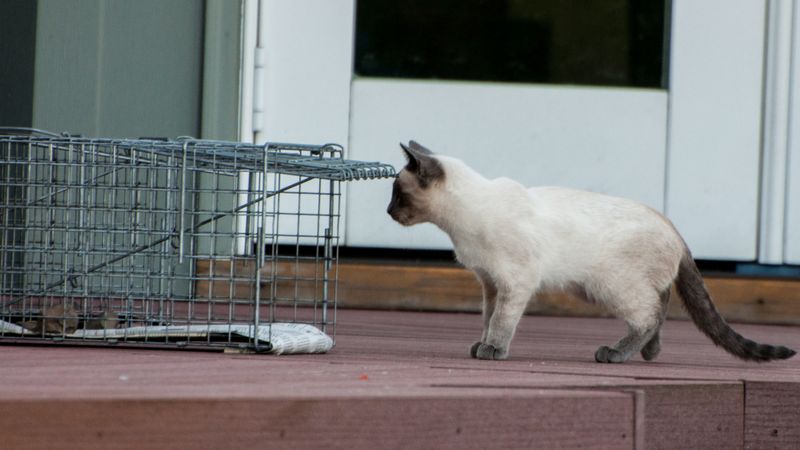
Rent humane traps from animal control or rescue groups if your cat has been spotted but won’t come to you. Place them in quiet areas with your cat’s favorite foods inside.
Check traps frequently – at least every two hours. Never leave traps unattended overnight or during extreme weather. Position them near recent sighting locations, covering partially with a towel to create a cave-like safe space that appeals to scared cats.
Use Familiar Sounds As Lures

Bring along the can opener or treat bag you normally use at feeding time. These distinctive sounds can trigger your cat’s conditioned response and draw them out of hiding.
Try playing recordings of your voice or family members calling the cat’s name. Some owners have success with recordings of kittens mewing, which can activate maternal instincts in female cats. Patience is key – repeat sound cues at regular intervals.
Alert Mail Carriers And Delivery Services

Mail carriers and delivery drivers cover extensive ground daily and can become extra eyes in your search. Provide them with a photo and description of your missing feline.
These professionals often notice neighborhood changes and animal movements during their routes. Leave a note in your mailbox with your contact information and a picture. Many postal workers are animal lovers who’ll gladly keep watch during their daily rounds.
Search During Prime Cat Hours

Cats are crepuscular creatures, most active at dawn and dusk. Schedule your search efforts during these times for better chances of spotting your elusive pet.
Bring a flashlight to check under porches and dense bushes. The quieter environment during these hours means less competing noise when calling your cat. Your voice will carry farther, and scared cats feel safer moving around when there’s less human activity.
Microchip Verification And Updates
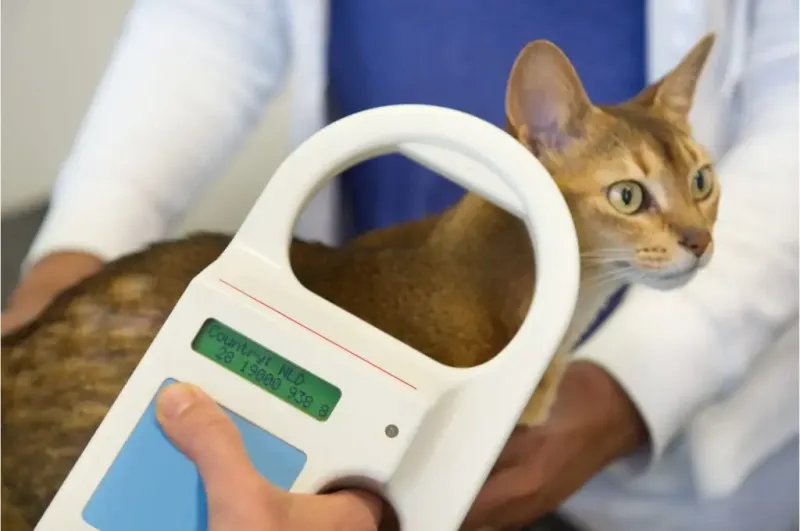
Ensure your cat’s microchip information is current in the registry database. Outdated contact details render this valuable tool useless if someone finds your pet.
Contact the microchip company to verify your information is correct. If your cat isn’t microchipped, keep this in mind for when they return – it significantly increases reunion rates for lost pets. Some companies offer additional lost pet alert services worth activating.
Don’t Lose Hope Too Soon
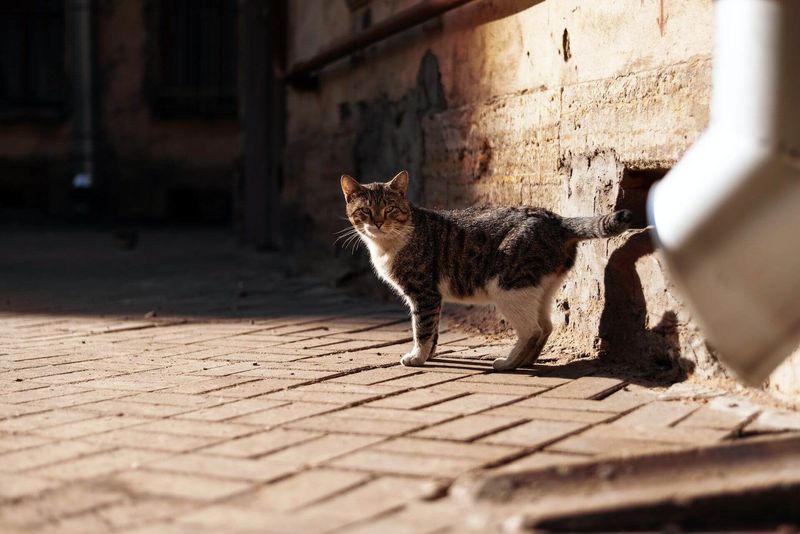
Cats can survive outdoors for weeks or even months. Indoor cats typically hide close to home, while outdoor-savvy cats might wander farther but have better survival skills.
Stories abound of cats returning after extended absences. Continue searching and maintaining food stations even when discouraged. Your persistence matters – many successful reunions happen long after owners nearly gave up hope. Your furry friend is counting on your determination.






